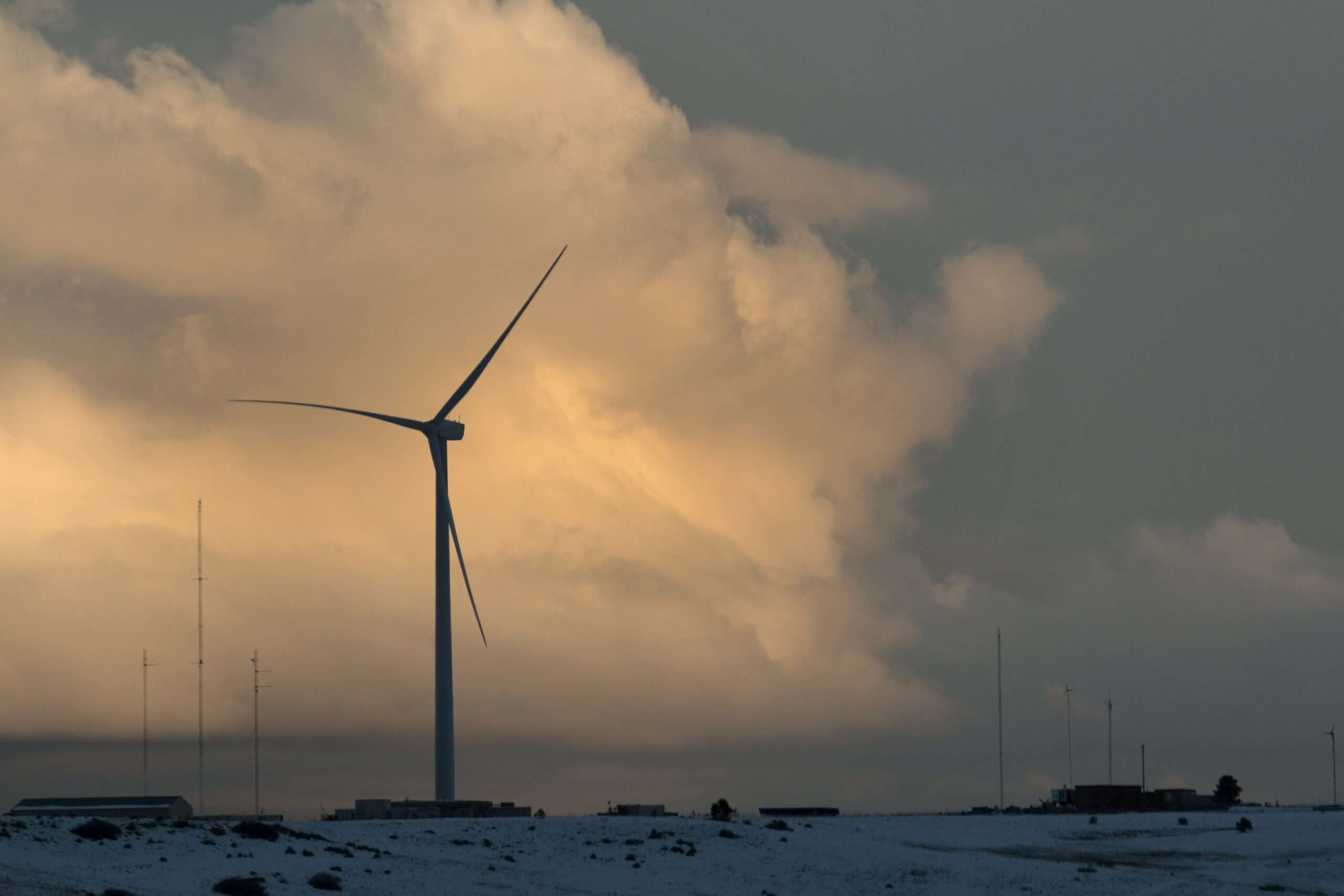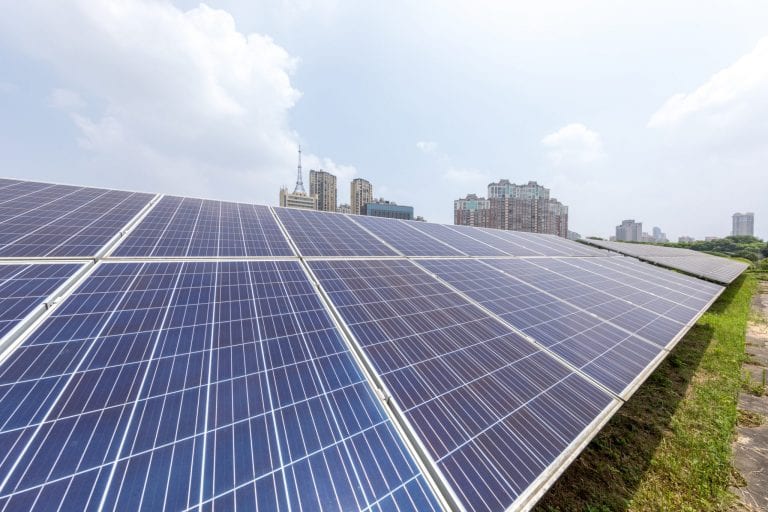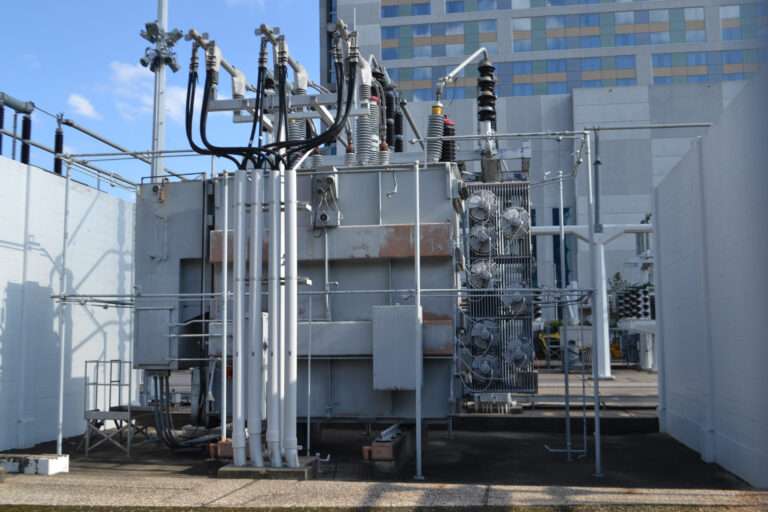
On September 19, 2023, the U.S. Department of Energy issued program guidance and initiated the application process for $400 million in funding dedicated to promoting the adoption of enhanced building energy codes
In the fight against climate change, elevating energy efficiency and reducing carbon emissions in existing buildings has taken center stage in federal initiatives. To support these endeavors, the Department of Energy (DOE) issued program guidance on September 19, 2023, and commenced the application process for $400 million in funding. States and territories are encouraged to seek these funds to embrace “building energy codes that reduce utility bills, increase efficiency, reduce greenhouse gas emissions contributing to the climate crisis, and enhance building resilience against climate-related disasters,” according to the DOE.
This funding initiative stems from the Inflation Reduction Act, signed into law by President Biden in August 2022. Access to this funding will empower states and territories to implement building energy codes that lead to cleaner, more environmentally friendly buildings.
According to the DOE, today’s homes built in compliance with energy codes are 40% more energy-efficient than those constructed 15 years ago. The expansion of clean energy infrastructure also presents an opportunity for electrical contractors to play a more significant role and provide additional value in the industrial marketplace by contributing to these advancements.
The DOE has released the Administrative and Legal Requirements Document, detailing the funding opportunities and specifying the codes and standards to be followed. These include the 2021 International Energy Conservation Code (IECC) for residential buildings and ANSI/ASHRAE/IES Standard 90.1–2019 for commercial buildings. For the adoption of the latest building energy codes, $240 million is available, with an additional $160 million allocated for implementing the zero-energy provisions in the 2021 IECC.
This document will assist states in “adopting, implementing, enforcing, and monitoring compliance rates of designated building energy codes, while training and educating their workforce and building local capacity.” The objective is to enhance new commercial and residential construction and transition existing infrastructure toward greater efficiency.
States interested in these opportunities must submit letters of intent to the DOE by the November 21 deadline.
The agency is also planning to release a competitive funding announcement in the near future, offering direct support to states and local governments to explore even more innovative approaches to building codes.
It is anticipated that the adoption of more modern building codes will result in an estimated annual savings of $1.6 billion for communities affected by increasingly severe weather patterns, as it helps avoid damages.







